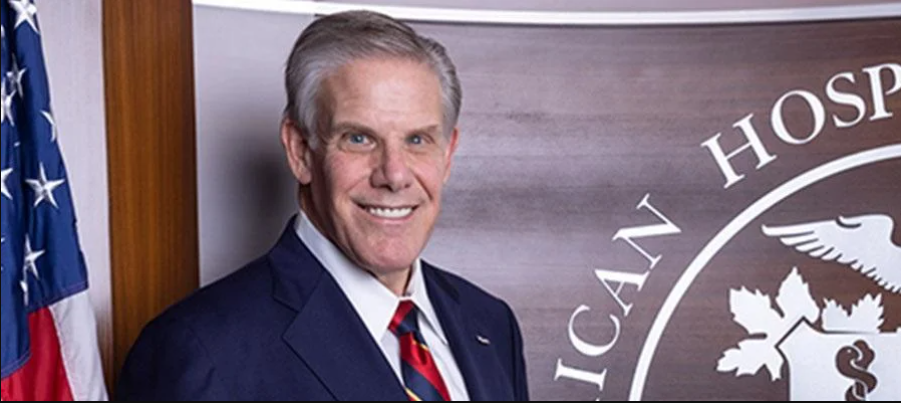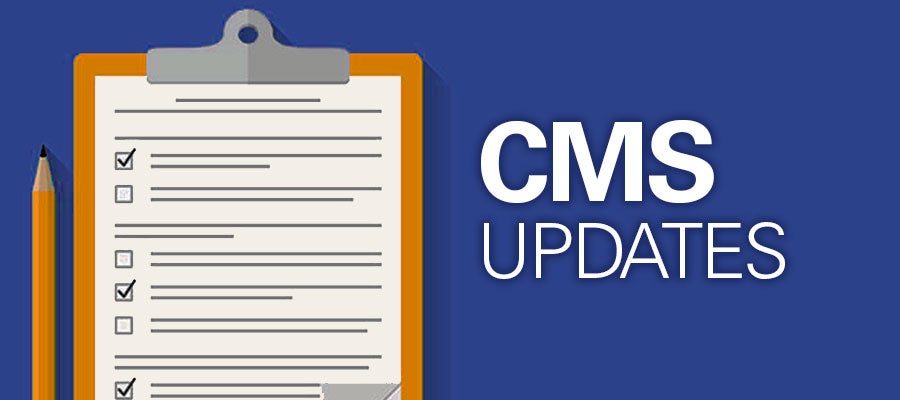The American Organization of Nurse Executives has chosen as its next president-elect Mary Ann Fuchs, vice president of patient care and system chief nurse executive at Duke University Health System in Durham, N.C., and associate dean of clinical affairs for the Duke University School of Nursing.








